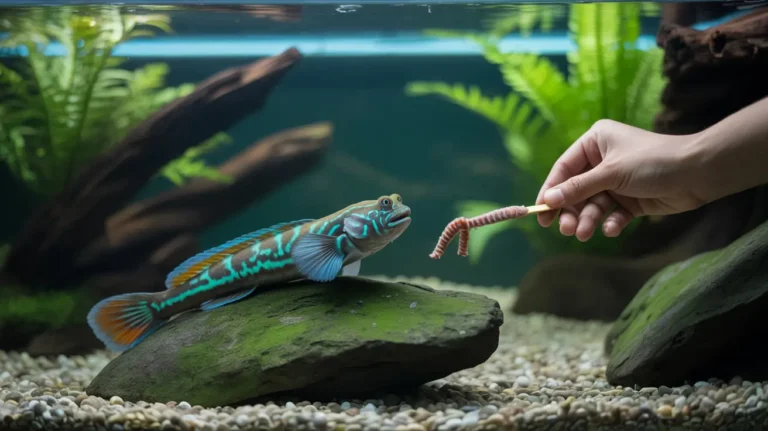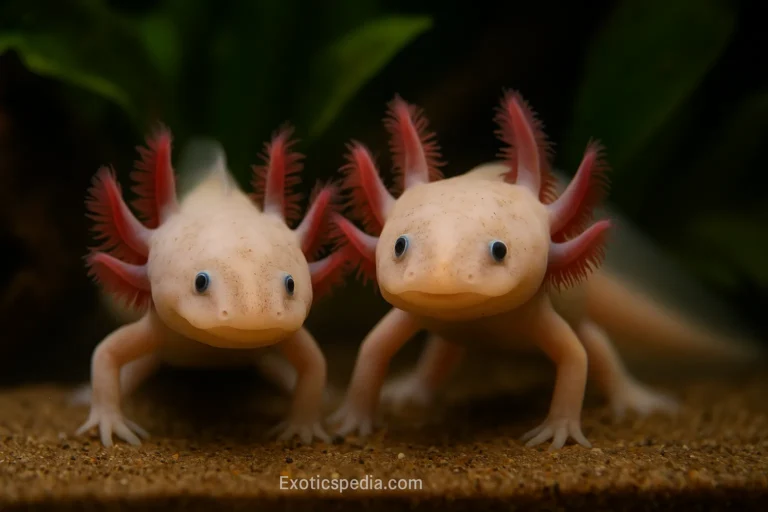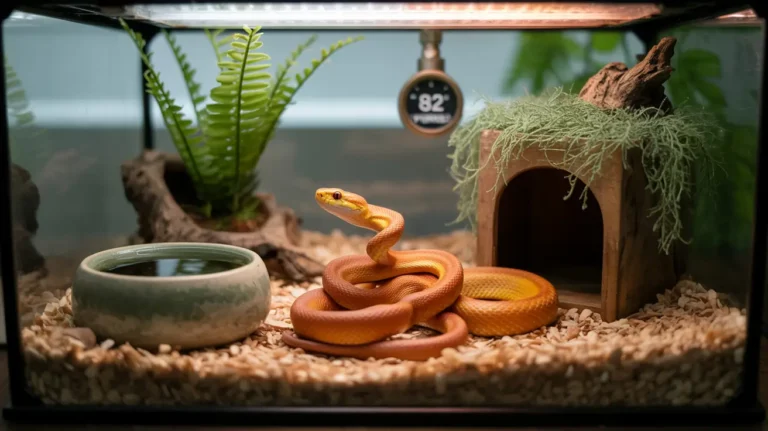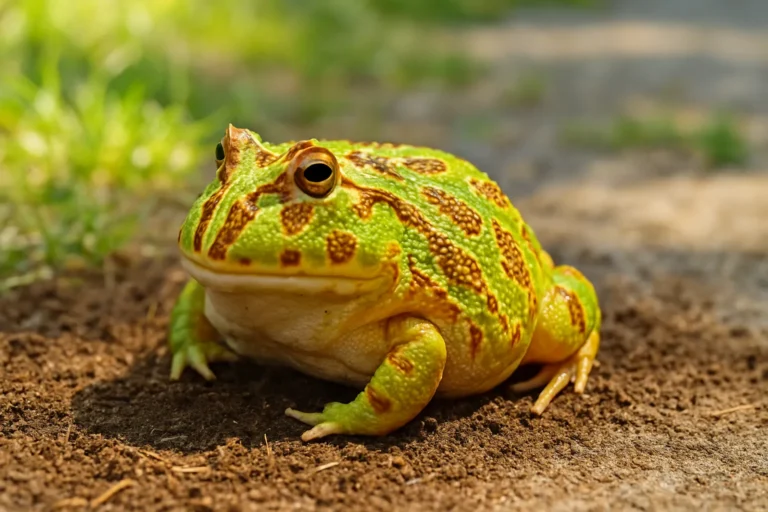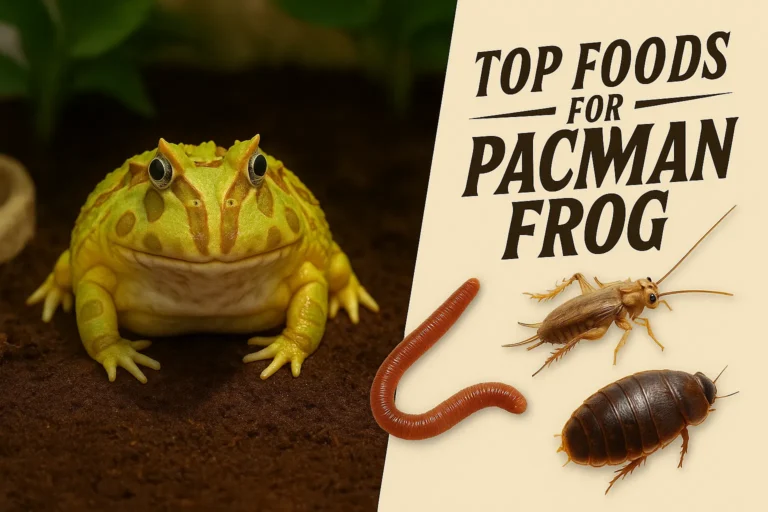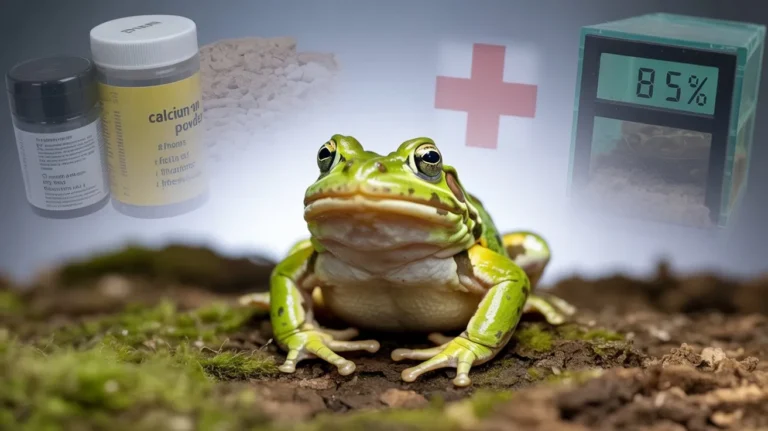How to Set Up the Perfect Pacman Frog Enclosure
Setting up a proper enclosure is one of the most important steps in keeping your Pacman frog healthy, stress-free, and active. A poor habitat can lead to illness, behavioral issues, or even death. Whether you’re a first-time owner or looking to upgrade your current setup, this guide walks you through every essential aspect — backed by over 10 years of hands-on experience with amphibians.
Why the Right Enclosure Matters
Pacman frogs (Ceratophrys spp.) are terrestrial ambush predators that spend most of their time burrowed under substrate, waiting for prey. They aren’t active climbers, and their needs are simple but specific. A properly designed environment mimics their humid, forest floor habitat in South America — giving them the best chance to thrive in captivity.
Enclosure Size & Type
Tank Size
Bigger is not always better. These frogs don’t need much space because they don’t move much. A shallow, wide enclosure is better than a tall one.
Glass vs. Plastic
Glass terrariums with a front-opening door and good ventilation are best. Plastic tubs with secure lids can work as budget-friendly alternatives — just ensure proper airflow.
Substrate: What to Use and What to Avoid
Pacman frogs love to burrow, so a deep, soft, and moisture-retaining substrate is key.
Best Options:
Depth: At least 3–4 inches so the frog can completely bury itself.
Avoid:

Temperature & Heating
Use an under-tank heating pad (UTH) stuck to the side or bottom of the tank with a thermostat to control temperature. Avoid using heat rocks — they can burn the frog’s sensitive skin.
Place a digital thermometer at substrate level to monitor accurately.
Humidity and Moisture Control
Ideal Humidity: 60% to 80%
Dry conditions can cause dehydration, while too much moisture leads to fungal issues — balance is crucial.
Lighting and Day-Night Cycle
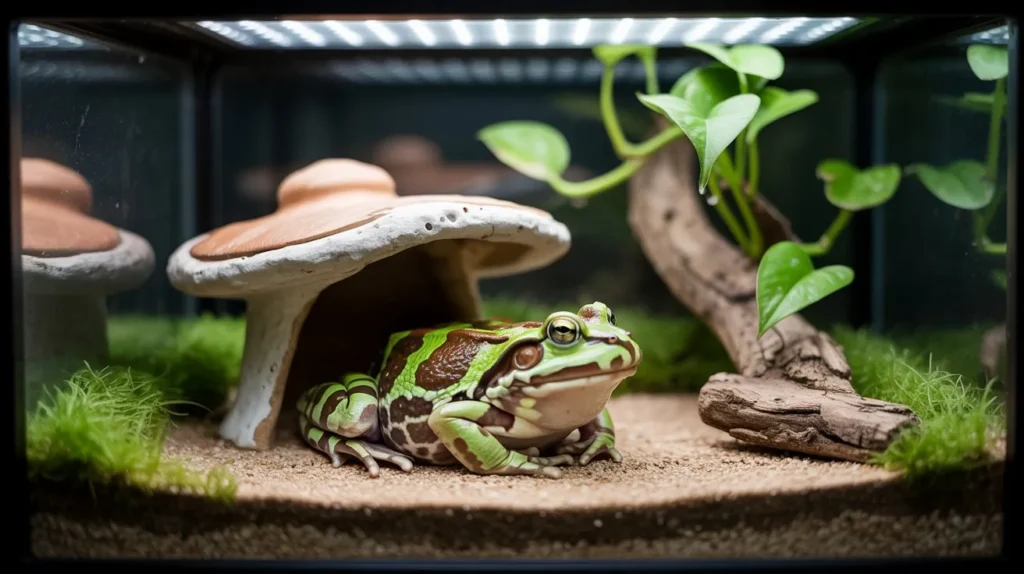
Pacman frogs are nocturnal and don’t require UVB lighting. However, maintaining a regular 12-hour light/dark cycle helps regulate their natural rhythms.
Lighting Tips:
If you use a bioactive setup with live plants, low-level UVB (like 2.0–5.0) may benefit plant health, but it’s not essential for the frog.
Hides and Décor
Although Pacman frogs don’t roam much, they still appreciate environmental enrichment.
Keep décor minimal to avoid injury or interference with feeding.
Water Quality
Pacman frogs absorb water through their skin, so the water must be clean and chemical-free.
Cleaning and Maintenance Routine
A properly set up enclosure works best when combined with consistent husbandry practices — as explained in our Pacman Frog Care Guide.
FAQs
Final Thoughts
Creating the perfect Pacman frog enclosure doesn’t require expensive equipment — just careful planning and consistent care. When temperature, humidity, and substrate are dialed in correctly, your frog will feel safe, comfortable, and ready to thrive for years to come.
A properly set up enclosure not only keeps your Pacman frog healthy but also prevents many common issues, including skin infections, dehydration, and stress-related behavior. Set it up right the first time, and you’ll enjoy a stress-free experience as a frog owner.

